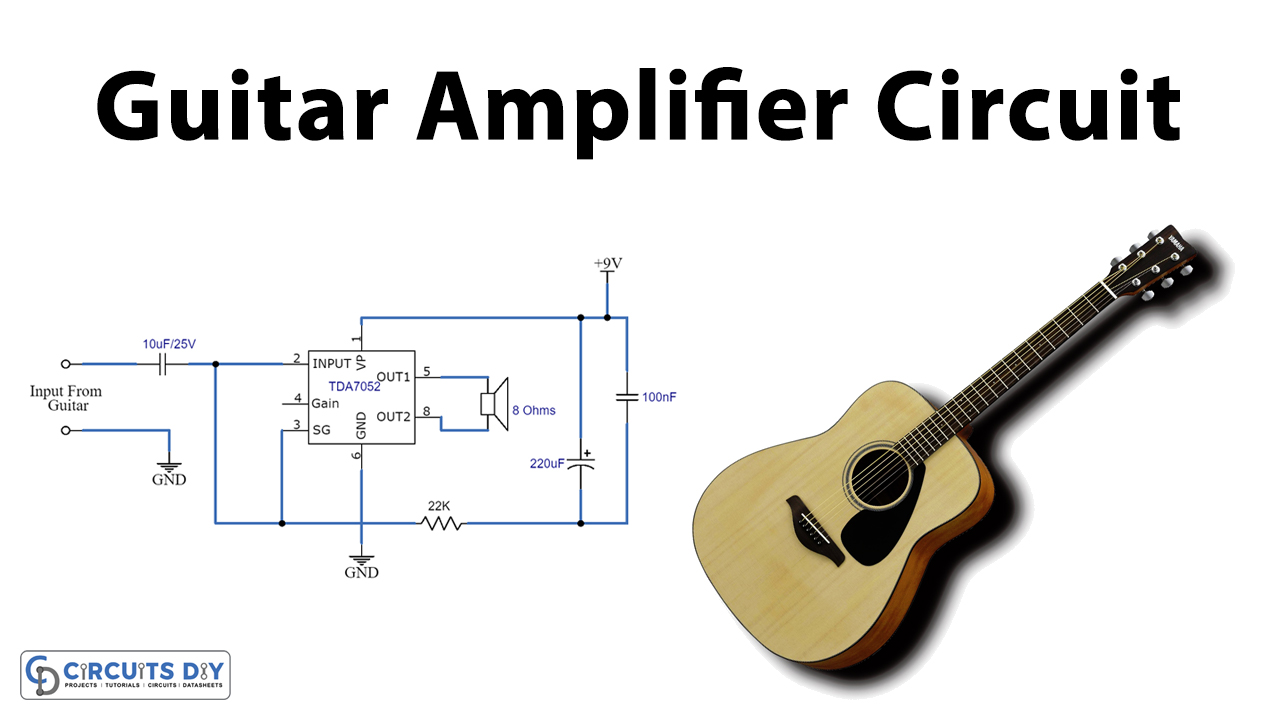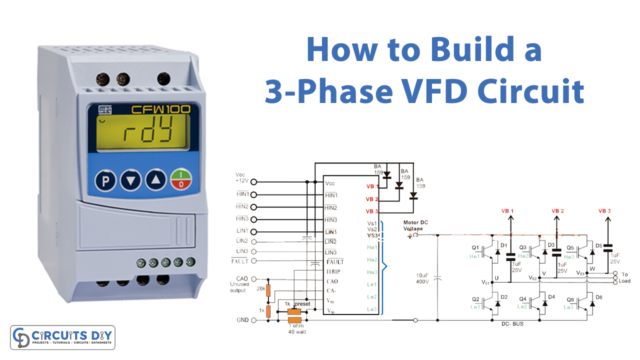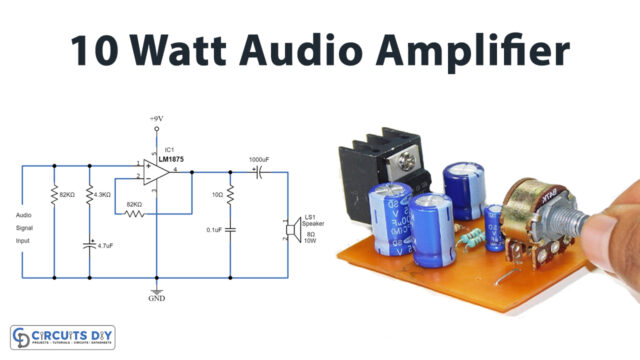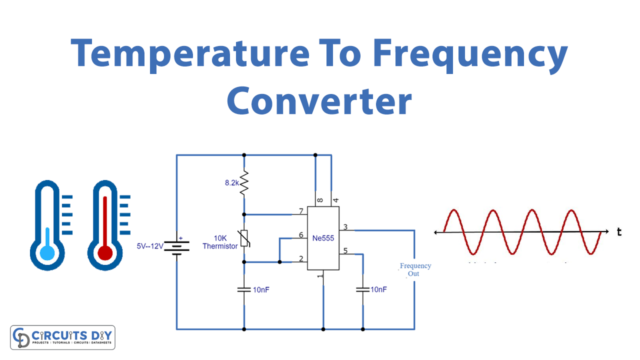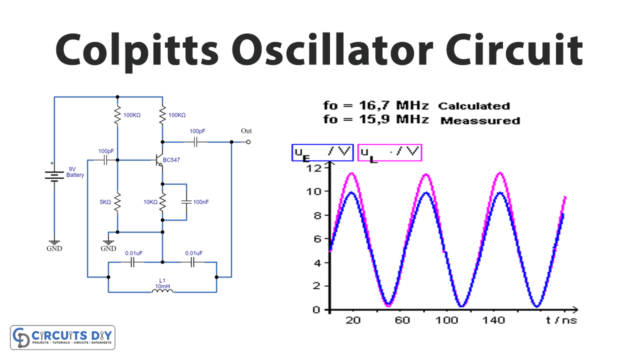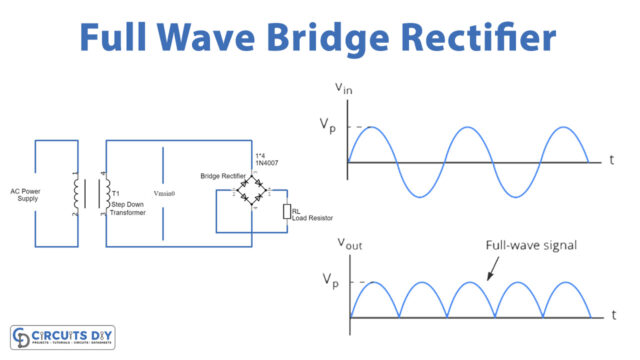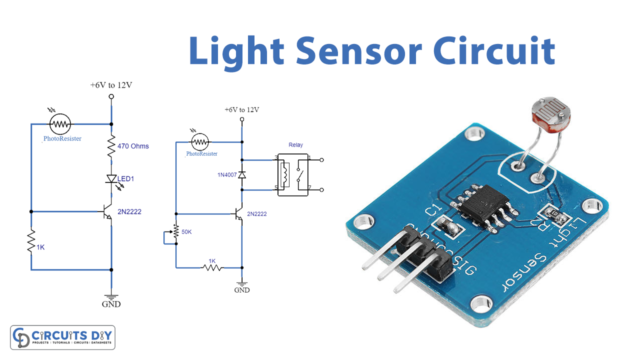Nowadays in the music industry, electric guitars play a giant role. A guitar amplifier is an electronic circuit that is usually housed in a wooden cabinet to strengthen the weak electrical signal from an electric or bass guitar to produce sound through one or more loudspeakers. A guitar amp has a very limited frequency range. The frequency range of a speaker system tells what it can handle. For example, a bass guitar amp can produce very low frequencies, while they do a poor job at higher frequencies.
A guitar amp can play some low frequencies and some high frequencies, but they mainly focus on mid-range frequencies that make sense for guitars. It has a power amplifier and Preamplifier circuits. They are available in different sizes and power ratings, ranging from small, lightweight practical amplifiers to heavy, powerful amplifiers. In this project, a simple guitar amplifier circuit is built that uses minimum components to get 1.5-watt output amplified signal.
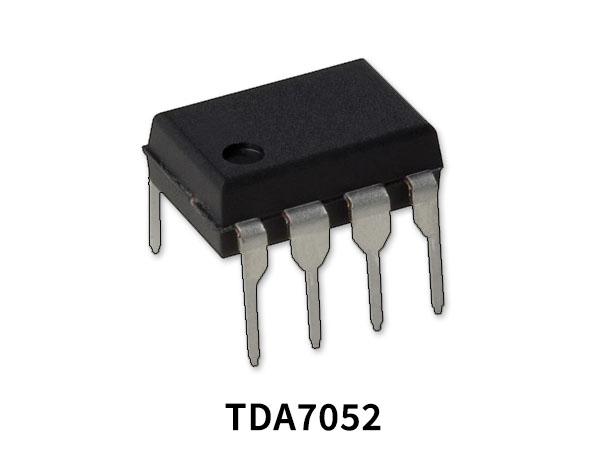
Hardware Components
The following components are required to make Guitar Amplifier Circuit
| S.no | Component | Value | Qty |
|---|---|---|---|
| 1. | Breadboard | – | 1 |
| 2. | Battery | 9v | 1 |
| 3. | Connecting Wires | – | 1 |
| 4. | Amplifier IC | TDA7052 | 1 |
| 5. | speaker | 8Ω | 1 |
| 6. | Polar capacitor | 220µF | 1 |
| 7. | Non polar capacitor | 10µF/25V, 100nF | 1,1 |
| 8. | Resistor | 22K | 1 |
TDA7052 Pinout
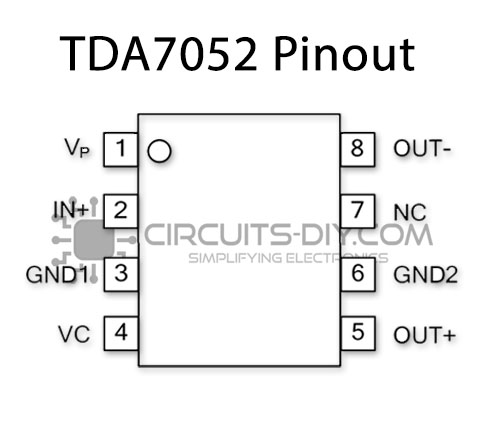
For a detailed description of pinout, dimension features, and specifications download the datasheet of TDA7052
Guitar Amplifier Circuit
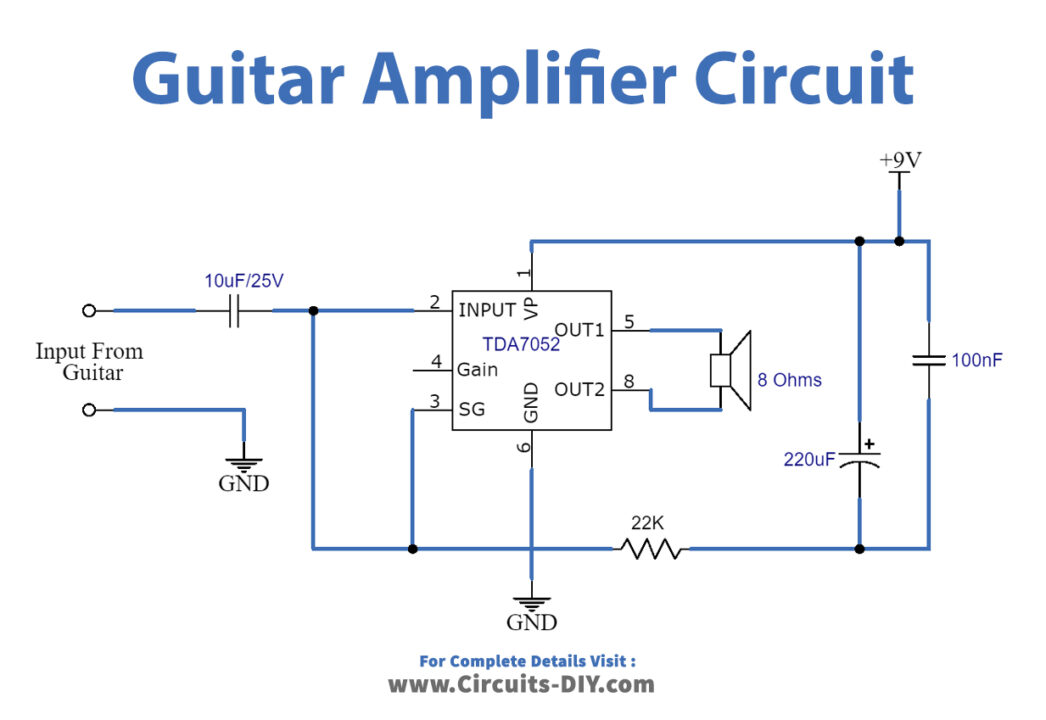
Working Explanation
This is a simple and portable guitar amplifier circuit that uses the TDA7052 amplifier IC as the main component with a few other components to build a 1.5Watt amplifier. This simple amplifier circuit uses a 9V battery.
The signal from the guitar is fed into the TDA7052 amplifier IC through a 10µF capacitor to reduce noise and high frequency. A 22K resistor is used to adjust input impedance. A Capacitor of 22µF and 100nF at the output is used for filtering and smoothing the amplified output. The circuit uses an 8-ohm speaker for the output.

